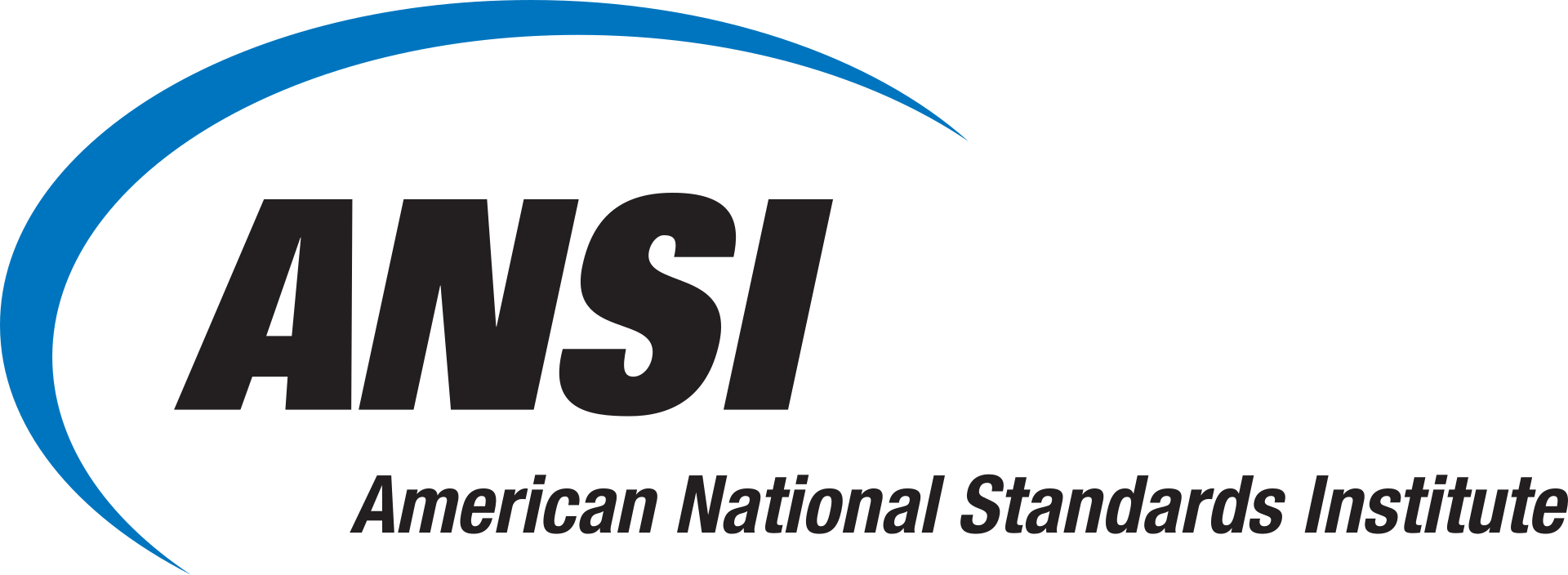Why Doesn’t the U.S. Use the Metric System?

Similar to language barriers, we also have to navigate different forms of measurement across the world via the use of conversions. Error, however, can arise when switching between one measurement to another, leading some to question the need for a unifying measurement standard. Today, all but three countries—the US, Liberia, and Myanmar—have adopted the metric system as their standard units of measurement. Why the US continues to use the US Customary System (which shares its roots with the Imperial system) as opposed to the metric system is due to a combination of factors: historical legacy, ingrained familiarity, and the cost of transitioning.
Why the U.S. Does Not Use the Metric System
The US has not fully adopted the metric system due to a historical preference for familiar customary units established during the Industrial Revolution, public resistance to changing ingrained measurement habits, and high conversion costs.
Historical Legacy of the US Customary System
In the late 1700s, the US gained independence from Britain and inherited English systems of measurement that at the time were not yet standardized into the modern Imperial system. Americans continued using British units because they were familiar and already deeply embedded in trade, construction, and daily life.
In 1824, the Weights and Measures Act standardized the existing metric system (International System of Units or SI) used today. Meanwhile, the US stuck to their existing system that we now call the US customary units (e.g., inches, feet, pounds).
In 1866, the US Congress did authorize the use of the metric system and the nation officially recognized it since then, but did not mandate its use. There was no strong push or compelling reason (economic, political, or cultural) to switch fully to metric—especially since domestic trade and daily life already functioned well with customary units. Further, in 1975, the Metric Conversion Act promoted metrication, but again, it was not mandatory. It left adoption up to individual industries, and without legal compulsion, few sectors saw the benefit of making the switch.
US Customary System: An Origin Story explains the history of the customary system in more detail.
Ingrained Familiarity of the US Customary System
By the time the metric system became popular in Europe (after the French Revolution), the US had already built much of its infrastructure, economy, and education system around the US customary system during the 19th century. The US had established industries (e.g., manufacturing, railroad, automotive, and mechanical engineering), manufacturing tools, consumer products, and infrastructure using the customary system inherited from Britain before the metric system was developed.
Essentially, the US did not adopt the metric system during or after the American Revolution largely because the subsequent industrial revolution, led to a strong preference for familiar units in manufacturing and trade. Additionally, the process of transitioning to metric would have been costly and disruptive.
The Cost of Transitioning to the Metric System
While the metric system is used in certain scientific and industrial applications, the cost and complexity of a full conversion to the metric system for the entire US have prevented widespread adoption. The cost associated with changing the measurement system nationwide would include updating road signs, manufacturing standards, retooling factoring, retraining workers, and changing school curricula. Habits also became self-reinforcing: people learned, taught, and worked in US customary units.

Modern Measurement System Standardization
The US customary system is largely an independent system of measurement used in the United States. ISO (International Organization for Standardization) standards primarily focus on the International System of Units (SI). The metric system, specifically the International System of Units (SI), is standardized by ISO through the ISO/IEC 80000 family of standards.
The parent standard of the ISO/IEC 8000 series is ISO 80000-1, which defines the base units, derived units, and prefixes used in the metric system, assuring consistency and clarity in scientific and educational contexts worldwide. This international standard is primarily used by scientists, engineers, and educators who need to standardize and communicate about physical quantities and units of measurement. Specifically, ISO 80000-1 is used in the writing of scientific and engineering journals, conference papers, and textbooks. It also serves as a guide for metrology and technical institutes, standards developers, and various industries.
You can learn more about in our blog post: ISO 80000-1:2022- Quantities And Units.
ISO 80000-1:2022 Quantities and units – Part 1: General is available on the ANSI Webstore as well as in the following Standards Package: ISO 80000 – Quantities and Units Collection.
FAQ: Why Hasn’t the U.S. Adopted the Metric System
Here are some frequently asked questions about why the U.S. uses the imperial system as opposed to the metric system:
Why did the U.S. adopt the imperial system instead of the metric system?
The US didn’t fully adopt the metric system due to high conversion costs, ingrained industrial infrastructure, a voluntary approach to adoption, and early political skepticism about French-backed metrication. While legal to use since 1866 and the preferred system for commerce since 1988, the entrenched preference for familiar units and the astronomical expense of changing everything from road signs to product manufacturing prevented a mandatory shift.
Are there any industries in the U.S. that use the metric system?
Many US industries heavily use the metric system, especially those with international ties or reliant on modern technology, including science, medicine, automotive, electronics, and manufacturing, driven by global trade, interoperability, and efficiency. Examples include pharmaceutical dosages in milligrams, automotive parts in millimeters, consumer products with dual-labeled packaging, and aviation using Celsius for temperature.
Will the U.S. Ever Adopt the Metric System?
It is unlikely the US will fully switch to the metric system in the near future, as it currently operates as a hybrid system where both metric and US customary units are used. While federal policy has designated the metric system as the preferred system for trade and commerce and government agencies are required to use it, the transition has been voluntary and slow, with much of the general public and certain industries, like construction, still heavily reliant on customary units.
What are the the benefits of globally adopting the metric system?
Globally adopting the metric system offers benefits like simplified international trade and communication, easier scientific collaboration, improved industrial efficiency, reduced errors, and streamlined education due to its coherent, decimal-based structure and universal standardization. Global adoption of the metric system allows for easier calculation and a consistent “universal language” for measurements, fostering global cooperation and economic growth.






